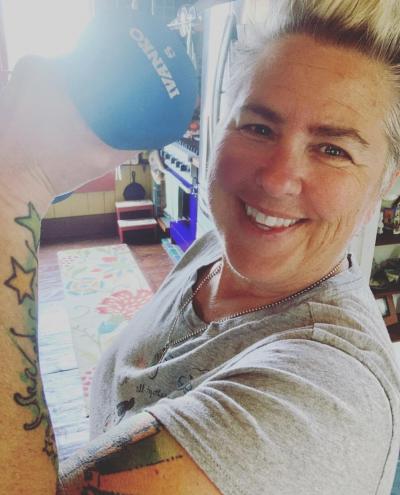Put Your Right Hip In : Hip-replacement surgery puts patient back in the game
Sandy Shore, 57, recently walked all the way from Asilomar in Pacific Groove into Pebble Beach, and back. She remembers when she couldn’t walk without falling, without crutches, without a limp.
When Shore was 8 years old, she was wandering down Carmel Beach, enjoying the legendary sandcastle contest, when she realized she absolutely couldn’t walk any farther. Her parents, aware she had been falling frequently, and walked with her right foot toeing in, took her to one doctor after another.
Most doctors said her walking issues were a habit and instructed Shore to consciously straighten out her foot as she stepped. Ultimately, she was diagnosed with Legg-Calve-Perthes disease, a rare childhood condition that occurs when blood supply to the ball of the hip joint is interrupted, and the bone begins to die. This weakened bone gradually breaks apart and can lose its shape and function.
For three years, from ages 9 through 11, Shore navigated her life on crutches. Then she got stronger, seemed better, still limped. At 15, she underwent an osteotomy rotation of the femur, which involves cutting the femur and re-positioning the ball, so it fits better in the hip socket. This was stabilized by inserting plates and pins, which were removed two years later.
Shore refused to see her disease as a handicap. She snow skied, entering downhill races. She played competitive tennis.
Yet still, doctors projected, by age 30, Shore would require hip-replacement surgery. By then, her cartilage was still good and her pain minimal, so they waited. By age 50, she began to develop bone spurs in her hip, which felt like knives, stabbing with the slightest movement. It meant she couldn’t lean forward, couldn’t bend at the waist. She couldn’t tie her shoes. She lifted her plate to eat. She took the stairs, one at a time, relying on handrails. She lived with a limp. She gained weight.
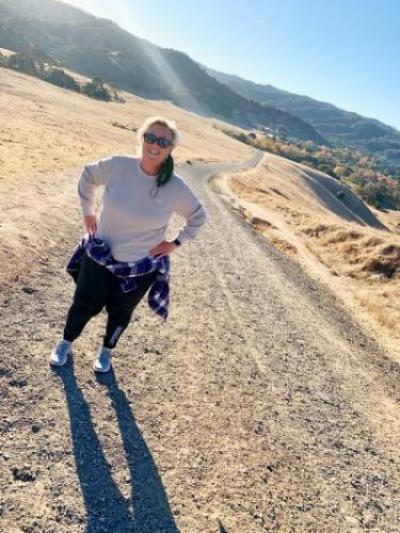
Submitting to Surgery
“Finally, I hit the tipping point. I didn’t want to put up with the pain anymore, didn’t want to continue indefinitely with pain-management injections,” she says. “Still, I was scared to go under the knife, until my sister said, ‘Sometimes we need a helping hand.’ I knew it was time for hip-replacement surgery.”
But first, Shore wanted to do everything she could to ensure a successful outcome. She set a weight-loss goal of 80 pounds. She approached it with the same determination she tackles everything in life. And she enlisted Weight Watchers (WW) as her partner in the process.
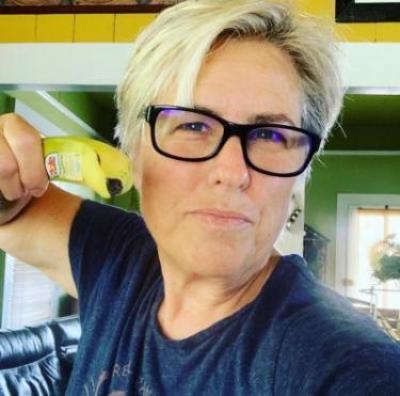
“WW can work for every lifestyle or food preference,” Shore says. “You count points, and you stop when you’ve reached your limit. It teaches you how thin people eat. But I wasn’t trying to be thin. I wanted to be healthy. So, I really had to pay attention to the nutrition behind those points.”
Shore began to remix foods and ingredients, seeking a balance of nutrition and taste, so she could eat healthy yet not feel deprived of favorite foods and flavors. She replaced oils and creams with broths, pureed vegetables, or canned tomatoes. She baked brownies, ate enchiladas, created a brunch menu where only the taste was decadent.
Shore took her time, not following a diet, but instead, creating a lifestyle. She began to lose weight.
“It starts with willpower,” she says. “Then, with time, the body starts to dictate its desires, asking for protein over carbohydrates. I fill my refrigerator with all the things I need to make healthy, nutrient-rich meals, so I always have what I need to eat the way my body wants.”
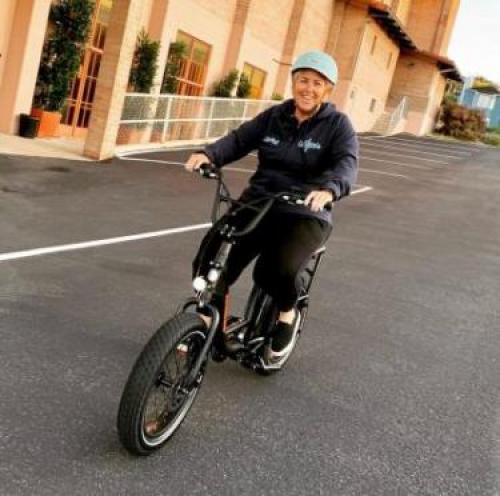
Over the course of four years, Shore lost 85 pounds, maybe more, she reasons, as the exercise routine she implemented along the way began to build muscle, rearranging her body, and reducing her body mass index (BMI).
“My orthopaedic surgeon, Dr. Amir A. Jamali, M.D. at Joint Preservation Institute in Walnut Creek, California, recommended that my BMI be under 40,” says Shore. “I had crushed that goal, and it stood to reason that if I were lower in weight and higher in muscle mass, I would do much better in my recovery.”

Dr. Amir A. Jamali, M.D.
Joint Preservation Institute
New Lease on Life
On July 13, during a 90-minute surgery, Shore received a new right hip joint. Her surgeon leveled her leg nearly a quarter inch, removing her limp. Just nine days later, she cautiously stepped down the back stairs of her home.
“During the last 10 years, I have traveled extensively, logging in thousands of miles on foot,” says Shore, “and I did it all in pain. People have waited for me to catch up with them, all over the world. The level of joy I have from this new hip and how I am moving through my life now is amazing. Even in the darkest days of this pandemic, I think, ‘I have this new hip, this new lease on life’.”
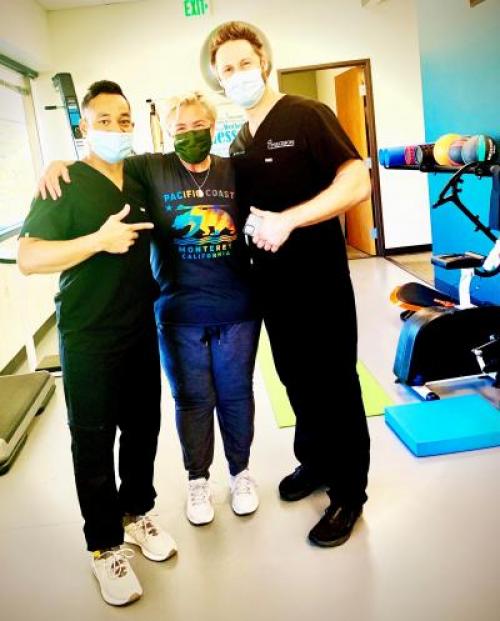
Dr. Sergio Perry, D.C. & Dr. Christopher Matock, D.C., C.C.S.P.
Precision Sports Medicine & Chiropractic, Walnut Creek, CA
Nearly six months after her surgery, Shore continues to adjust to her new hip, her new abilities, while conditioning her heart to keep up with how fast her body can now move.
“My body has to get used to my new hip and newly balanced height,” she says. “The muscles throughout my body have reacted with mild to moderate spasms, but I’ve been working with a soft tissue specialist, Dr. Christopher Matock, D.C., C.C.S.P. at Precision Sports Medicine & Chiropractic in Walnut Creek, California who uses the Graston Technique, a form of instrument-assisted soft tissue mobilization, commonly used on athletes, to manipulate scar tissue, and address fascial restrictions and range of motion. I believe this has been essential in my healing."
For the first time in more than 10 years, Shore can tie her shoes, lean toward the dining table, walk uphill. “If you wonder if you should have a hip replacement,” she says, “you should do it. You have to do your work, commit to your exercises, and be patient, but it’s worth it. I want everyone to be able to walk, to participate in life, keep up.”
